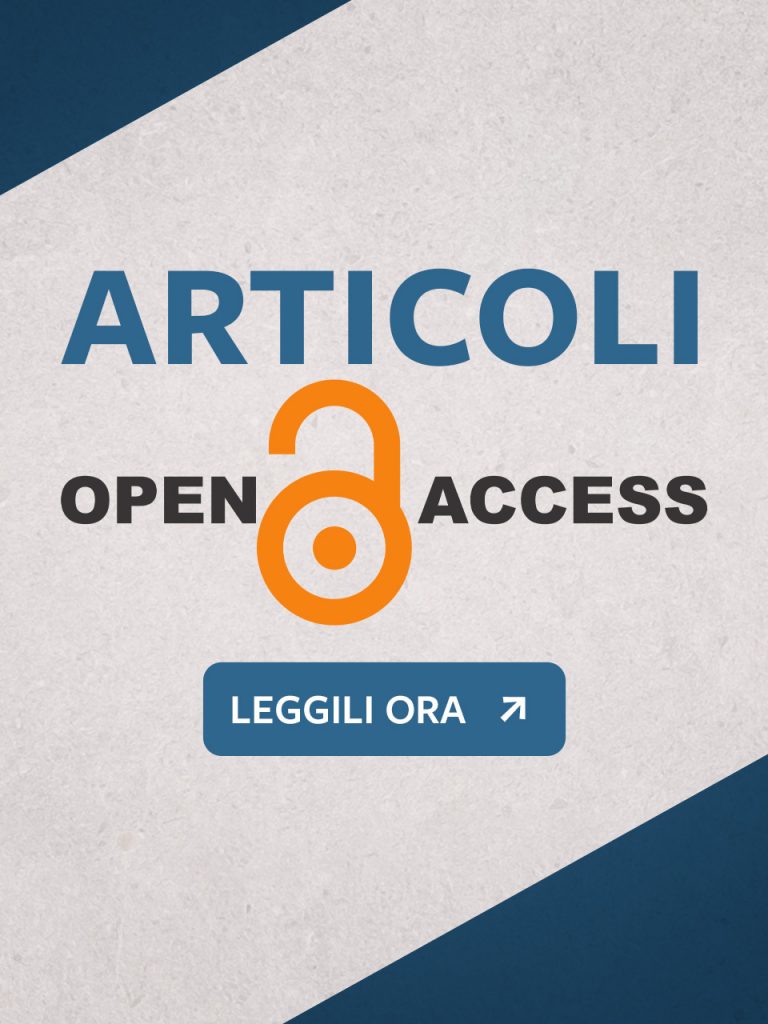Resolution of morphosyntactic ambiguity in children with typical development and in children with specific language disorders: An experimental trial
Danilo Diotti, Elena Gandolfi, Sara Lovotti, Paola Viterbori
Although literature about linguistic ambiguity in children is rather limited, several studies have underlined the role of EF in ambiguity resolution (Novick, Trueswell and Thompson-Schill, 2005). The comprehension of ambiguous sentences (e.g. garden-path sentences) is generally difficult for children and results in a higher number of misinterpretations. This study aimed to identify the role of both linguistic processes and EF in the resolution of morphosyntactic ambiguity and to verify if different strategies are used by typical children and children with SLI. For this purpose, a battery of receptive and expressive language tests, EF tasks and an experimental measure assessing morphosyntactic ambiguity were administered to all the children. This is the first attempt at analysing this aspect in the Italian language.
Keywords
Specific language disorders, Executive functions, Morphosyntactic ambiguity, Experimental trial.

